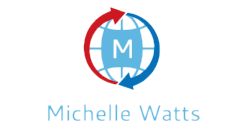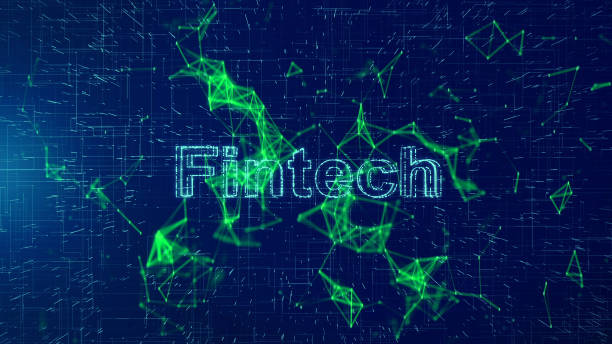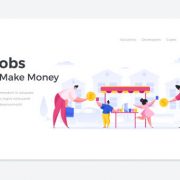Gamification, or the use of elements borrowed from games to transform everyday activities into enjoyable and engaging experiences.
The goal is to add fun and motivation to tasks that would otherwise be mundane. Gamification is the process of integrating features like points, rewards, and competitions into settings that are not games, such as work, learning, or customer interactions. This creates excitement and participation. This article will examine gamification, its relationship to Octalysis analysis, and the real-life practices that can be achieved through case studies.
What is the Octalysis Framework?
The Octalysis Framework developed by Yukai Chou is a concept of gamification that uses eight fundamental motivations known as Core Drives to shape behavior and encourage participation in various activities. These Core Drives include:
- Epic meaning & calling: This drives individuals to believe that they are a part of something bigger than themselves. It motivates actions to contribute to a greater purpose or cause. It inspires selfless acts and the belief that “beginner’s lucky.”
- Accomplishment & Development: People strive to improve and acquire new skills and mastery. The challenges and achievements provide motivation and meaning.
- Empowerment Creativity and Feedback: The goal of this drive is to give people the freedom they need to express themselves, as well as come up with innovative ideas. This can be achieved by allowing users to access resources and tools such as building materials, musical instruments, or paint. This can be achieved by giving users open-ended challenges where they are able to come up with solutions.
- Possession & Ownership: The feeling of ownership motivates people to improve and increase what they own, whether it is virtual goods, currencies, or personal profiles. This principle applies to processes and projects as well.
- Influence and Relatedness in Social Life: The social elements of mentorship, acceptance, and competition drive people to seek out what others have. Relatability and nostalgia are important factors.
- Scarcity and Impatience: This drive is driven by the desire for exclusive or immediate unattainable items, experiences, or other rare or exclusive items. People are motivated by scarcity and rewards that have a time limit.
- Unpredictability and Curiosity: The drive to keep people engaged is that they are curious about what’s going to happen next. Gambling, suspenseful television, and other media that are irresistible to audiences rely on unpredictable outcomes.
- Loss and Avoidance: People act out of fear that they will lose something or suffer unpleasant outcomes. It is a powerful motivation for avoiding negative results.
Octalysis Framework can be used by businesses, educators, and game designers to help them create engaging experiences. Gamification is important because it taps into innate motivations such as competition and aspiration. Understanding the causes of consumers is key to creating appealing products and experiences. It can help companies make connections with customers that are engaging and exciting. In order to achieve the desired results, the catalysis frame should be aligned with the company’s purpose. Teaming up with experts who understand how to use core drivers to get results can help boost the success of any campaign.
What is the Octalysis Framework used for?
Prada Candy – The Case of Hidden Treasures
L’Oreal wanted to make sure that more people, particularly those aged 18-34 years, knew and liked their Prada Candy perfume. To achieve this, “Activision Blizzard,” a game developer, collaborated on “Candy Crush.” They created a mini-game within Candy Crush in which players were required to match Candy Crush candies and find Prada Candy hidden inside chests. The mini-game ended with a Prada Candy sample and information about the fragrance. More people enjoyed the scent, while Candy Crush players also had fun playing the game and learning about Prada Candy.
This campaign was a huge success.
- In just 24 hours, 40,000 samples of fragrances were requested.
- The number of visitors to the Fragrance Redeeming Site has increased by almost 1,800%.
- Ad Recall and Awareness grew by double digits.
- Favorability increases by +3.5%
- Click-through rate up 6.6%
- The engagement rate increased by 98.9%.
- The completion rate increased by 96.2%.
The core drivers from the Octalysis Framework that we use are:
- Development and Accomplishments: Potential users collect the Prada candy by matching the “candies.” This core motivation is a result of the users’ increasing desire to complete levels and find more money and sweets as the game progresses.
- Possession & Ownership: Normally, this drive motivates the user by making them believe they have won something. But here, the real gift they receive when they finish the game provides the same ownership motivation.
- Unpredictability and Curiosity: This was more of a drive that came from Candy Crush’s mechanics than its campaign. We don’t know what candies will be in the game, and the combinations are created randomly.
TESCO Interactive elements are key
Tesco and Activision Blizzard Media teamed up to make food products more attractive and increase the desire to purchase them. This was done in a Holiday campaign during November and December 2020, targeting UK gamers. Tesco’s games featured short videos of 10 seconds and interactive cards at the end to showcase their delicious food products. The captions were cleverly used instead of the sound so that players didn’t have to adjust the volume. The campaign also included a call to action encouraging players to visit Tesco’s website.
Tesco’s holiday campaign was a great success.
- Viewability increases by 99%
- Increase of 98% in the Video Completion rate
- Ad Recall has increased by 14%.
- Quality Perception increases by 4%.
- Increase of 4% in Purchase Intent
The core drivers from the Octalysis Framework that we use are:
Epic meaning & calling: This campaign targets the date Christmas. Christmas is a long period that people enjoy, including good times and being with friends and family.
Empowerment and Feedback of Creativity: With the choice-based advertising tool, users putting in different inputs get different results. Making free choices in this field triggered this core motivation.




















Comments